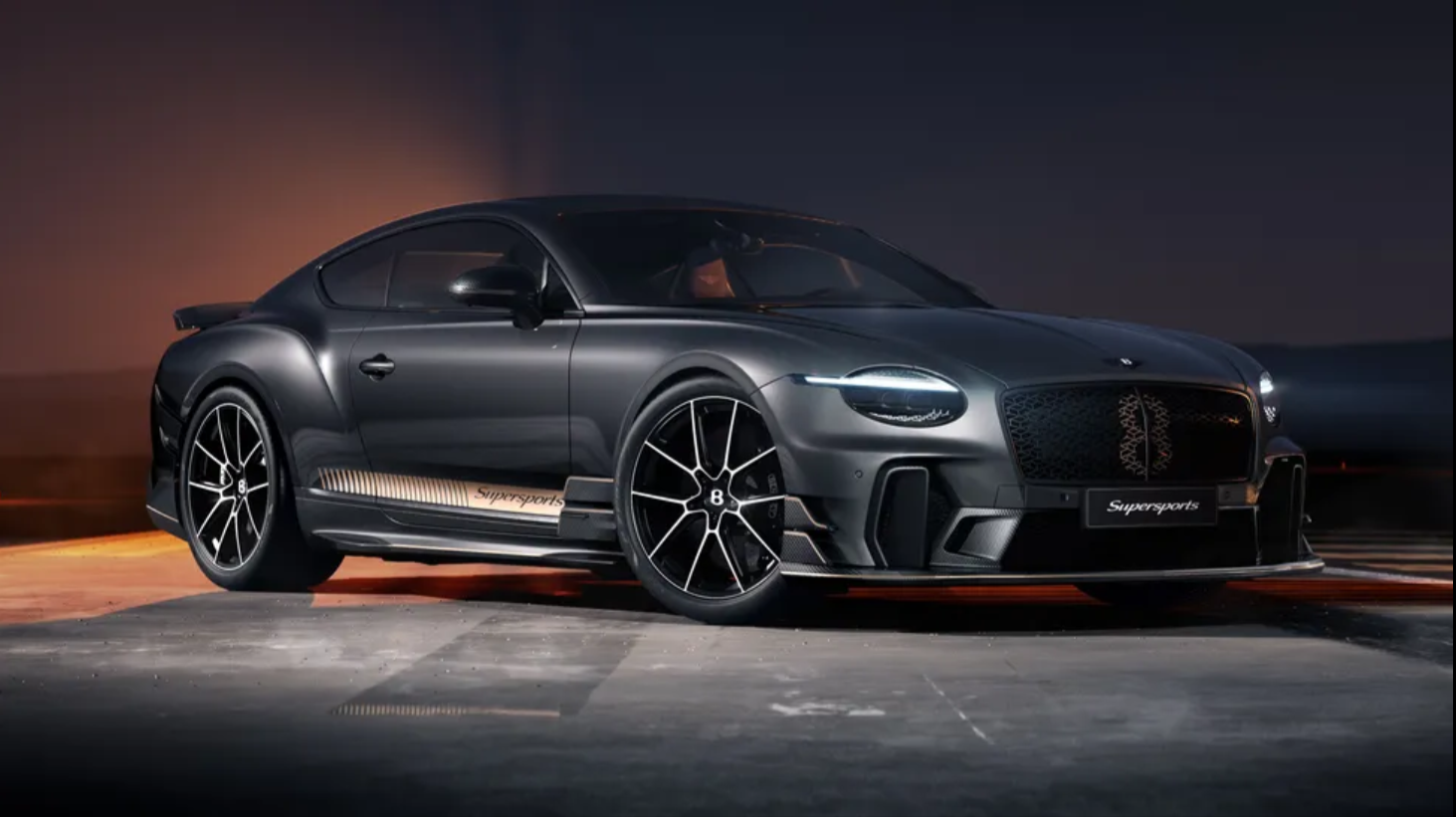The car is extremely slippery, with a claimed 0.19 coefficient of drag, and it wears (optional) rear fenders skirts to further cheat the wind. (Lightyear says without the aero skirts, the 0 loses about 7 miles of driving range per charge.) Those little humps, one behind each front wheel? Those are the rear-side-facing cameras that stand in for side mirrors. Wheel covers further streamline airflow around the car, and the 0 even upgrades to a snappier-looking design that resembles the alloy slicer wheels on the new Chevy Silverado 1500 EV pickup.
Lightyear focused hard on the aerodynamics largely because there is a relatively small 60-kWh battery pack backing up the 0's solar array. In Lightyear's telling, an owner could conceivably go months between traditional, plug-it-in charging sessions, provided their daily commute is a little over 22 miles and they leave the car exposed to the sky when not in use. The array is capable of adding 43.5 miles of driving range from the sun alone per day, so, again, if you start with a full battery and drive fewer than 43.5 miles every day—or use less than that equivalent of energy driving the car or cranking up the air conditioning or what have you—you can go quite a long time without ever reaching for a plug.
As we noted in our first glance at the Lightyear One, the solar panels act like something of a range-extender for the battery. Where some other EVs have gas-fed range-extenders—basically tiny generator engines for charging up the battery on the go—here that job is handled by the solar array. That job is made a lot easier by the aforementioned aerodynamics as well as the Lightyear 0's incredibly light weight. The automaker claims the mostly carbon-fiber 0 weighs just 3,472 pounds, despite its midsize-sedan-plus sizing and battery.
For an idea of the impact of the 0's lack of mass or aerodynamic drag, look no further than its official driving range figure. Lightyear says on the WLTP test cycle, Europe's version of our EPA testing that delivers slightly more optimistic range figures, the 0 is capable of 388 miles of range. Thing is, those tests are done indoors, on dynamometers—where the sun don't shine, literally. So, even if an owner were to paper over their Lightyear's solar array and drive it around like a gift-wrapped traditional EV, it would still deliver Tesla-challenging range with a mere 60-kWh battery pack. For comparison, the smaller Nissan Leaf, when equipped with its optional 62-kWh battery, is actually a few hundred pounds heavier and therefore delivers only up to 226 miles of EPA-estimated driving range. That's how lightweight and aerodynamic the Lightyear is.
The Tesla and Nissan Leaf comparisons flip, however, when it comes to performance. Sure, the Lightyear 0's range is impressive, as is the ability to convert the sun's energy into power, but that power is barely enough to get the car moving. Lightyear doesn't hide the fact that the 0 will be quite slow, reaching 62 mph in about 10 seconds, by the company's reckoning, despite its exotic quadrant of in-wheel electric motors.
Why? Each hub motor delivers puny power. Lightyear hasn't shared specifics about the production-ready 0's motors, but the Lightyear One prototype's four motors delivered a mere 136 hp and 885 lb-ft of torque combined. Before you spit-take at that torque figure, their lack of a gear reduction—as inboard motors would surely have—means their accelerative impact will be felt more like 111 lb-ft, assuming a standard 8:1 driveline reduction. In other words, a Nissan Leaf will blow this thing's doors off.
Efficiency is the name of the game here, so reducing driveline losses took priority over straight-line speed. Lightyear's lone driveline boast, therefore, is that the 0 suffers the lowest driveline energy losses of any production EV. The car is relatively quick to charge, however, but again that's mostly due to its smallish battery. Lightyear says that, when plugged into a 120-volt household outlet, the 0 can add up to 20 miles of range per hour; upgrade to a "public charger," which we take to mean a 240-volt Level 2 source, and that figure jumps to 124 miles of range per hour. A "fast charger," which we're assuming is a DC quick charger, is capable of adding up to 323 miles per hour.
What about the sun? Glad you asked—it can deliver 6.2 miles of range per hour, down from the prototype's claimed 7 miles per hour, but still impressive. The car can absorb the sun's energy even while driving, though it likely will use all of that electricity generated by the solar arrays to keep driving; again, the solar panels are more of a range-extending feature, offsetting energy use in real time, even if ultimately the car will need to be plugged in and recharged every now and then.
So far, Lightyear's sales ambitions for the U.S. market aren't totally clear. That said, the Lightyear 0 is said to be reaching customers by December of this year, though likely in Europe and Lightyear's Netherlands home market. In the 0's debut, the company says the car has been signed off on by regulators, without specifying which regulators or where. You can go on Lightyear's website and order the 0 now, but we should warn you: It's pricey.
While last year it was estimated that the production Lightyear One would cost $175,000 or so, the Lightyear 0 shoots right past that. Lightyear lists the 0's base price at €250,000 before VAT is added. That equates to $265,000 at current exchange rates; with VAT, it's over $320,000. Just as sure as the sun will rise tomorrow, the price of new high technology ain't cheap, it seems.
Source














.jpg)


.jpeg)

.jpeg)
.jpeg)

